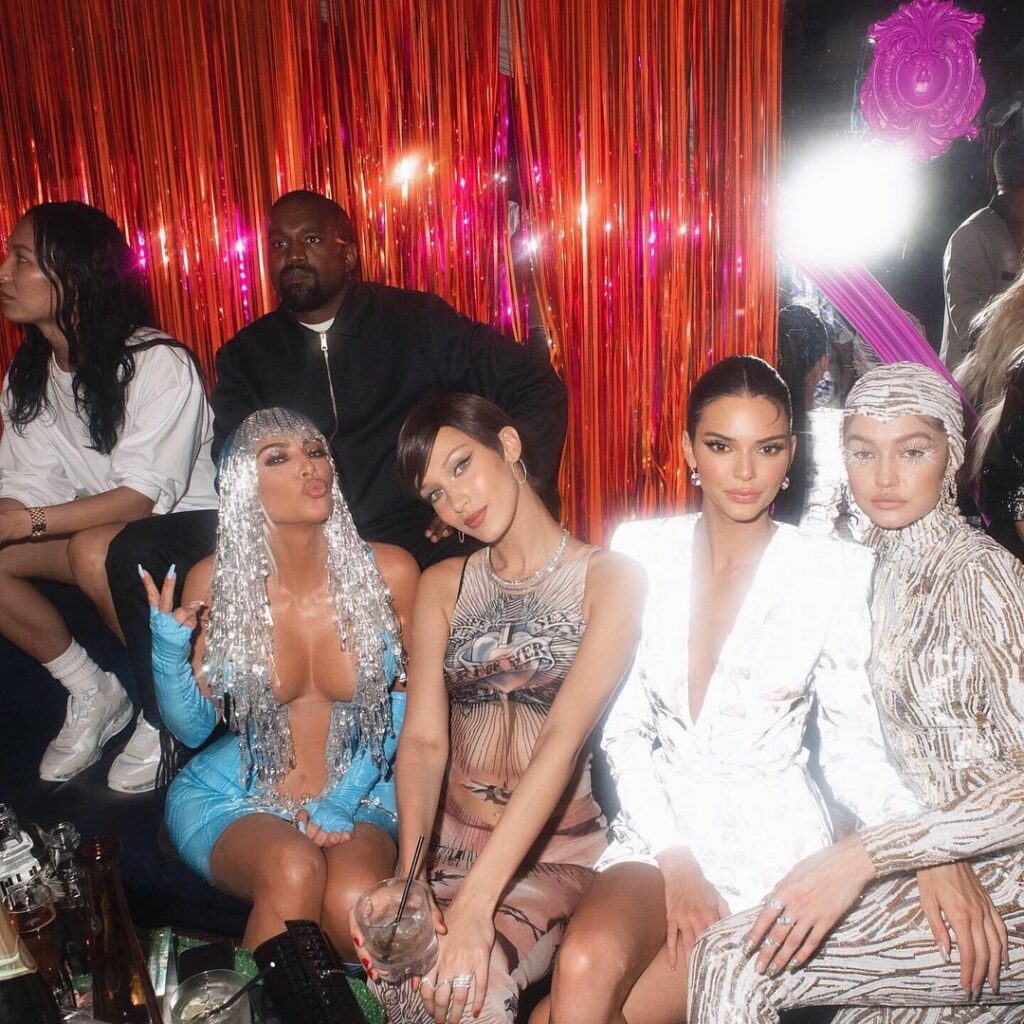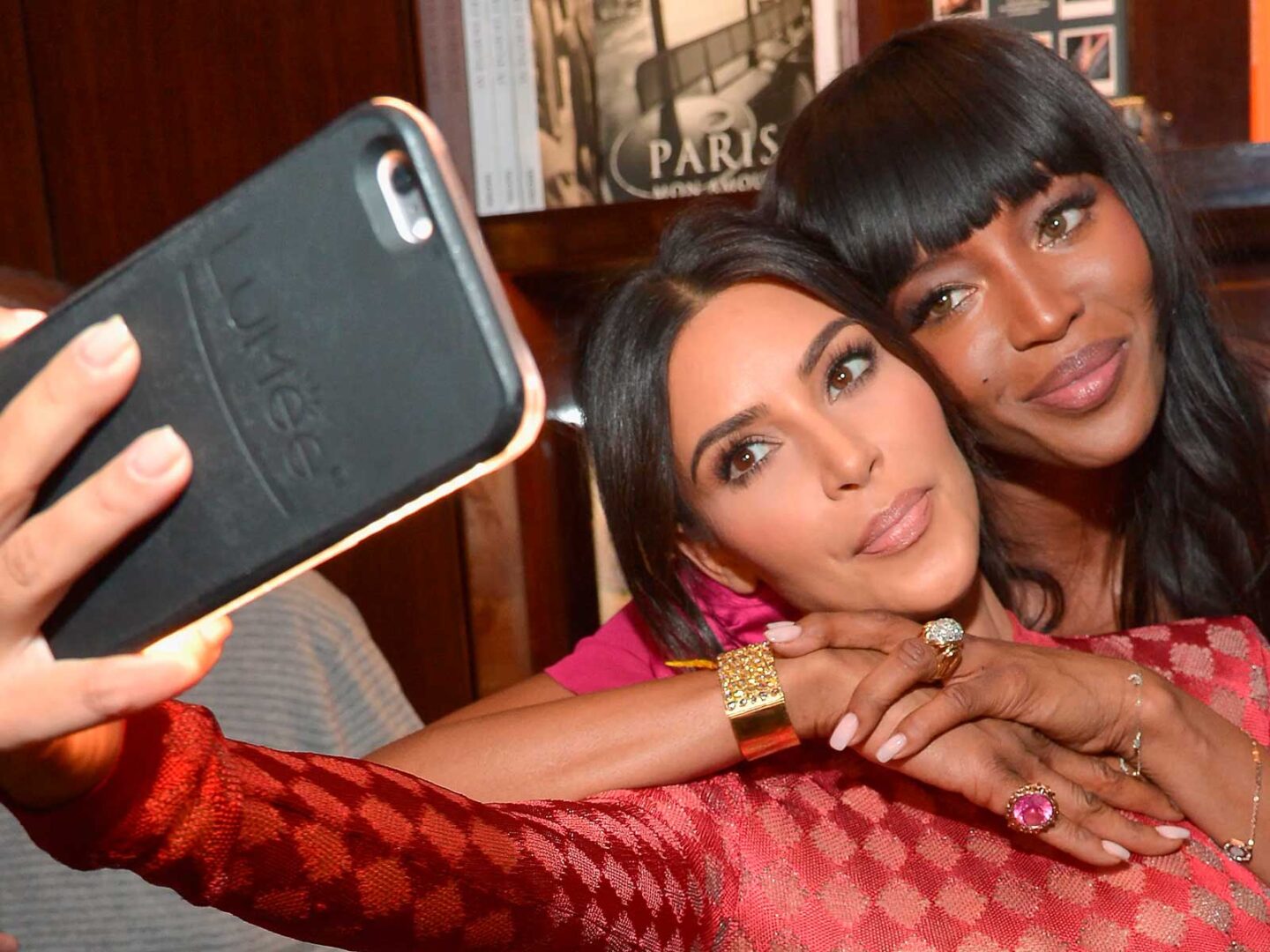We live immersed in a fluid chronology where luxury is no longer possessed: it is projected, simulated, performed. Abundance is not in our pockets but in our feeds; and purchasing power is no longer measured in bank accounts but is reconfigured in an aesthetic, in a visual grammar of carefully edited opulence.
In this context saturated with golden stimuli, a new emotional pathology emerges that is not reflected in clinical diagnoses, but in shared silences: money dysmorphia. A contemporary syndrome where the relationship with money deteriorates not because of lack, but because of the constant friction between what is shown and what is experienced.

The scene is familiar: a minimalist bed in a rented apartment, a screen light on your face, an automatic scroll through images that exude euphoria, exclusivity, and fulfillment. Private beaches, Swiss watches, five-star hotels. A notification breaks the trance: the bank reports a new charge. Your balance drops, but your anxiety rises.
This friction between desire and identity generates a distorted perception of one’s economic situation. It’s not about “not having anything,” but about constantly feeling below a fictional average, constructed from the materials of digital vanity. Forty-three percent of young Americans—according to recent studies—already recognize living trapped in this paradox: they have financial stability, even the ability to save, but they feel poor. Not because of a real deficit, but because of an excess of unrealistic reference points.
Money dysmorphia is neither a millennial whim nor a direct consequence of inflation. It is the psychoaesthetic manifestation of an algorithmic capitalism where capital has been aestheticized, and money becomes a sign, not a substance. Brands no longer sell products, but aspirational contexts. Experiences are not lived: they are documented. Financial reality is relegated to the backstage of a narrative whose only priority is visual validation.
From social comparison theory (Festinger, 1954) to the latest studies in behavioral economics, we know: human beings measure their well-being based on others. But in 2025, that “other” is not the neighbor or the coworker, but a collage of micro-celebrities, influencers, lifestyle curators, and anonymous users who seem to live in a higher dimension.

The result: a fragmented identity. A daily life that, although functional and stable, feels like an intimate failure compared to the visual standards dictated by the algorithm. What is truly sufficient—a decent salary, paid rent, a summer on the coast—is experienced as mediocrity. Not because of its intrinsic value, but because of its lack of spectacularity.
This new syndrome not only affects perception: it reshapes economic behavior. Debt without strategy, compulsive consumption, anxiety about saving, and even impulsive investments in cryptocurrencies or trading courses with promises of express financial freedom.
It’s the emotional economy of desperation: buying not to have, but to appear to belong. Spending as an antidote to symbolic exclusion. Investing not out of strategy, but out of FOMO (fear of missing out). And the most perverse thing: many of the digital references that trigger this dysmorphia are not what they seem either. They are sponsored. The abundance they project is a film set. But the psychological impact they generate is profoundly real.
Financial dysmorphia is the most silent symptom of a system that colonizes not only desire, but also self-worth. What would happen if we dared to say “I can’t afford this” without shame? What if we decided that having less, but living authentically, is also a political manifesto?
In certain centers of contemporary thought—from critical psychology to new financial realism—an alternative path is beginning to emerge: relearning to view money not as a status symbol, but as an instrument of functional freedom. Redefining success. Stop buying into illusions and start sustaining realities.
The Nantik Lum Foundation and other financial health organizations are already working on economic literacy programs with an emotional perspective, which include self-awareness practices, critical education, and demystifying money as a structural element of self-esteem.

If luxury has been captured by the algorithm and emptied of truth, the next radical gesture will be conscious sobriety. The dignity of not competing in the market of appearances. The honesty of not having to show everything. The serenity of understanding that value is not always visible.
Living within your means and without guilt is the new luxury. Desire less, feel more. Silence the algorithm, and listen to your own needs. The only wealth no one can simulate is peace with oneself.
Sigue toda la información de HIGHXTAR desde Facebook, Twitter o Instagram
